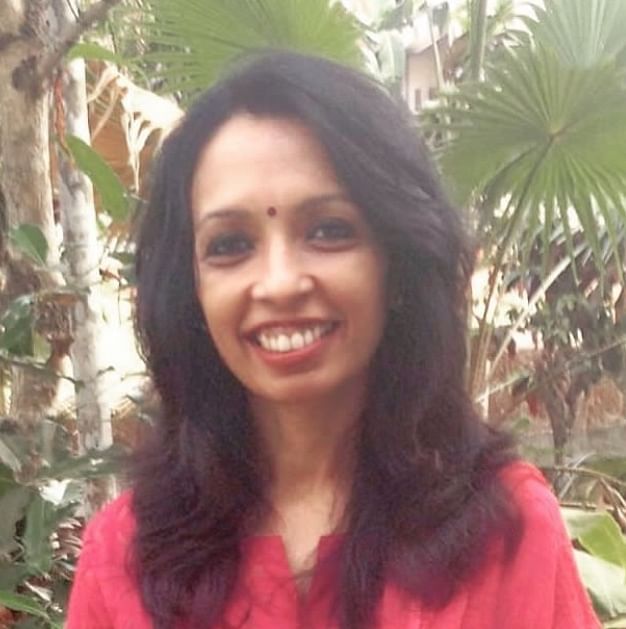
With the Covid-19 vaccination programme set to roll out on Jan. 13 in a nation with 1.3 billion people, hopes are running high but so is scepticism.
Questions are being raised about how long the wait is going to be --whether there will be long queues, as in some places in the US -- the efficacy of a certain vaccine and the lacunae in our public health system.
Dr T Jacob John, retired professor and head, departments of clinical virology and microbiology, Christian Medical College (Vellore), and former director of the ICMR’s Centre of Advanced Research in Virology, in an interview with DH's Anupama Ramakrishnan, says that much of the cacophony around Covaxin is unwarranted.
Also read — Covaxin approval: Embargoed information
Excerpts:
Q. Are the states handling the pandemic situation (including the arrival of the new strain) in an effective manner? Where has the approach gone wrong?
A. I feel that many states are doing a good job, given the absence of clear guidance from any quarters. I do not call the new arrival a new “strain”, a term suggesting the virus has changed some basic characteristics. No, it is the same old virus with some mutations that give the virus a little advantage in transmission.
When the D614G mutation appeared, the same thing happened -- virus gained transmission advantage. Any mutant with transmission advantage will become the predominant virus -- and D614G more or less replaced its earlier version, no one was worried. Why should we now get worked up when another variant has arrived? This is in the line of virus adapting to its new host species. Call this a variant virus.
States are aware, but people have priorities in life and cannot live in fear for very long. The mistake from the beginning is in not giving clear information and the reasons behind behaviour modification, but allowing rumours and gossip to flourish when people do what they feel is right for themselves. Health education is one cardinal function of the "public health division" of the government (that we lack in India).
Q. The approval given to Bharat Biotech’s Covaxin has stirred a hornet’s nest with experts and the public having diverse views. How do you look at it?
A. Much of the cacophony is unwarranted. The vaccine is not made available to the public. Instead of giving only the foreign-designed vaccine “emergency use authorisation,” what the DCGI appears to have done is to recognise the Indian product and give it the respect due to it. It is not approved for sale.
The DCGI did not ask the company to do an interim analysis of efficacy for which the code of blinded study had to be broken. If licensing was an option for the DCGI, then the code had to be broken and vaccine registered if efficacy was above 50%. On the other hand, Phase 3 continues as per the language of the DCGI.
What the DCGI has given permission for is: If the company chooses to respond to the request of anyone in urgent need of vaccination (accepting the unknown level of protection), or identifies such a need, the vaccine can be administered with due informed consent, with the same compensation clauses in case of problems, as if the person was part of the Phase 3 trial, but no volunteer has to be given placebo. This reality is quite clear to the clear-headed reader, but unclear to the muddle-headed or those with a pre-judged position or prejudice against Indian science/product.
The DCGI did not make the decision on its own but relied on a committee of subject experts. Once the correct procedure was adopted, first accept the decision, and then understand the decision, and don't shoot off without a clear target. What seems to be one suspicion that triggered opposition to Covaxin is regarding the government's pressure. There is no evidence -- suspicions do not create logic.
Q. With scepticism revolving around vaccines, how do you allay the concerns of those, including the healthcare workers, who do not want to be vaccinated?
A. No one can force a vaccine on anyone. The cacophony I referred to earlier has fuelled the concerns -- intentionally or unintentionally. There is a time to be silent and a time to shout in protest.
Also read — In just four days, CDSCO changes stance on Bharat Biotech’s Covaxin, says it's safe and effective
Q. How is prioritisation being done? Do you expect to see long queues like what's happening in some places in the US?
A. The prioritisation is for a government-procured vaccine, and that is going to be Covishield, is precisely what “emergency need” implies -- frontline healthcare workers, those above 65, those below 65 but with comorbidities. You or I or anyone with any complaint, if within these groups, have freedom for personal choice to accept or not accept.
Health education regarding the vaccine, vaccination, rationale, benefits and risks if any, is the responsibility of a public health division that we do not have.
Q. What is essentially lacking in India’s public health system and the way communicable diseases are handled?
What is lacking is the public health system itself. Health management requires public health (we do not have), healthcare (we have plenty, unevenly distributed, inequitably priced) and research in support of both (we have token level, not substantive or adequate). Public sector healthcare is not the same as public health -- a gross misunderstanding. Sri Lanka, Thailand, Malaysia, Taiwan, South Korea, Japan and all Western counties have public health. We do not.
In the absence of a public health division, India has vertical (silo) programmes for TB, malaria, leprosy, polio, HIV/AIDS, childhood immunisation -- but no programme to control typhoid, cholera, dysenteries and waterborne infectious diseases and many more.
Q. Are the states testing enough?
A. Under the pre-set context and circumstance, yes, enough.
